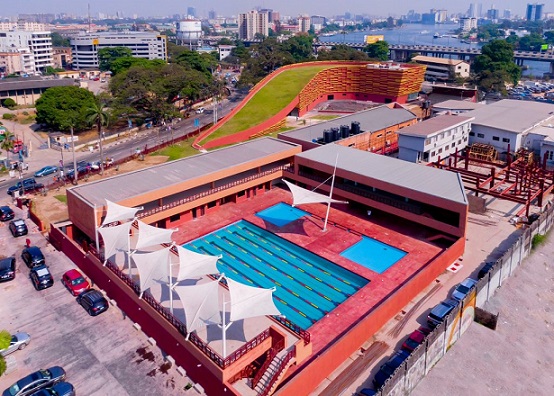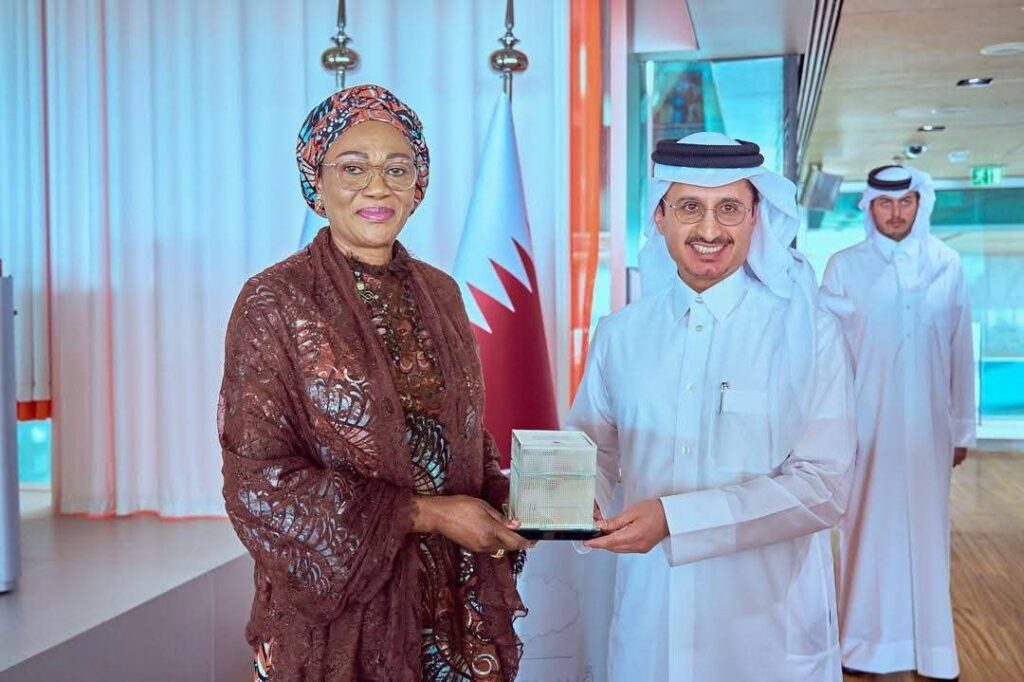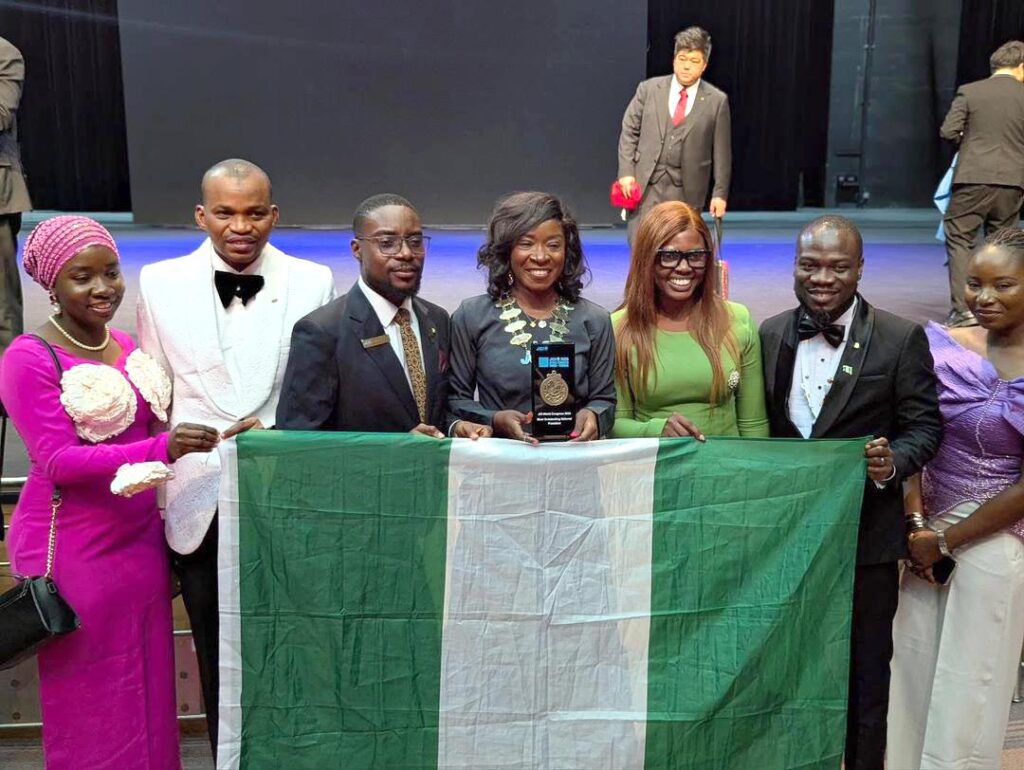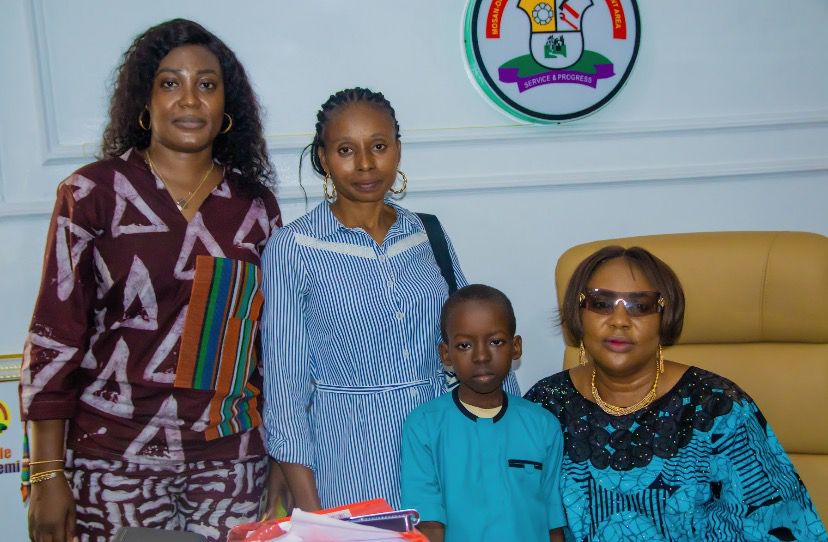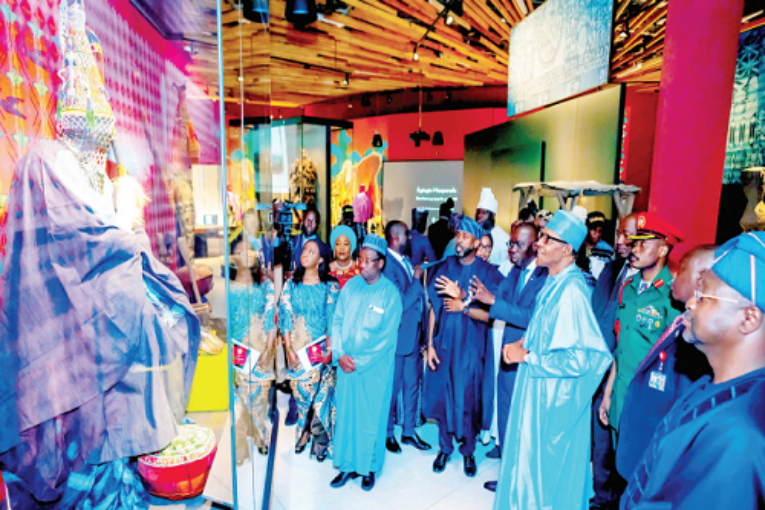
The recently inaugurated John Randle Centre for Yoruba Culture and History, Onikan, Lagos, will not only preserve the rich heritage of the Yorubas, but will also serve as a strong voice for its promotion.
Ninety-five years after it was first built as a public swimming pool, the multi-million naira John Randle Centre for Yoruba Culture and History, Onikan Lagos, has added fresh catalyst to the vibrant and tourist friendly hub in the heart of Lagos Island.
Located between various thriving tourism facilities like Muson Centre, National Museum, Lagos Island Club, Onikan Stadium, Yoruba Club, and City Mall, the John Randle Centre for Yoruba Culture and History was recently unveiled to boost the cultural offerings in Onikan, which is tagged as the culture and tourism hotbed of Lagos.
It offers updated facilities, amid creating a centerpiece community building with a 1,000 square metre exhibiting gallery that tells the story of Yoruba history and culture. The centre, an architectural wonder, with the shape of a fractal, rising from the earth, leaning forward and reflecting the progressive nature of the Yorubas, is also part of an urban regeneration project at the heart of Lagos Island.
A guided tour of the newly inaugurated Centre reminded me of my experiences in 2021 at the four year-old National Museum of Qatar (NMoQ), Doha. The museum, which was designed by Jean Nouvel, shares many things in common with John Randle Centre for Yoruba Culture and History, especially in the area of content and vision. Apart from size, both are iconic edifices built to promote heritage and culture.
Like Qatar Museum, John Randle Centre’s dynamic architectural design echoes the geography of Lagos while evoking the history and culture of Yorubas. It also gives veritable voice to Yoruba’s rich heritage and culture, and welcomes diverse communities in the state to its vibrant and immersive space to experience Yoruba’s past, present and future.
As a one-stop shop, the centre’s facilities include an outdoor theatre, public square, space for learning programmes, art installations, live music events, a permanent exhibition, library, training and conference rooms, and a concession block for food, drinks, lounge, bleacher stand, lawn area and of course, world-class swimming pool. All these make it almost a one-stop centre for leisure and learning.
Entering the centre, its fine letterings mounted on the wall welcome every guest to the reception where artefacts such as old telephone set used by colonial administrators were displayed. Also striking to the guests is title of exhibits and directions written in Yoruba language. On the upper floor are vintage works such as the Oba of Lagos, which is strategically placed opposite the entrance. On the first floor it opens a window to the Yoruba Nation; her culture, people, feats, beliefs, among others.
The works are presented in sections, with one showing Obatala, the Yoruba creation god. The audio presentation offers visitors opportunity to understand the genealogy of the Yoruba race through the Orisha of Yoruba mythology. But one section that will catch your attention for a long time, while in the museum is the masquerade section.
Prominent among Yoruba masquerade culture is the Eyo, which is presented in different versions in the section including; Adimu, Eyo Alaketepupo, Eyo Oniko, Eyo Olegede, and Eyo Agere.
-Thenation


